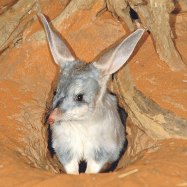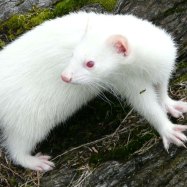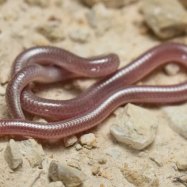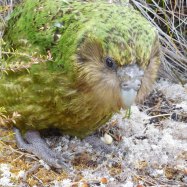
Dreadnoughtus
About 85 feet
Dreadnoughtus, a member of the Titanosauridae family, was one of the largest dinosaurs, measuring about 85 feet long. This massive, robust herbivore lived in Patagonia during the Late Cretaceous period. Its name translates to fear nothing, a fitting description for a creature of such immense size and strength. Scientists continue to uncover new information about this colossal animal, shedding light on the incredible diversity of life on Earth millions of years ago. #dreadnoughtus #dinosaurs #Patagonia #titanosauridae
Animal Details Summary:
Common Name: Dreadnoughtus
Kingdom: Animalia
Habitat: Terrestrial
Dreadnoughtus: The Mighty Titanosaur from Patagonia
Have you ever imagined encountering a dinosaur so big that it could easily crush a bus under its massive feet? A creature that could weigh more than 60 elephants and stretch over 85 feet in length? Meet Dreadnoughtus, the colossal titan of the dinosaur world.With its imposing size and weight, Dreadnoughtus is a true giant among dinosaurs. Its scientific name, which reflects its strength and dominance, is derived from the Greek words “dread” and “nought,” meaning “fear nothing.” And indeed, this creature had nothing to fear in its habitat of ancient South America Dreadnoughtus.
Origins and Discovery
Dreadnoughtus was first discovered in 2005 by a team of paleontologists in Argentina’s Patagonian region. The excavation site, located in southern Argentina, is known for its vast deposits of fossils from the Cretaceous period – about 70 million years ago.The initial fossil discovery included a partial skeleton, including the tail bones, vertebrae, and one upper limb. But it wasn’t until 2014 that the team uncovered nearly 70% of the skeleton, making it one of the most complete giant dinosaur fossils ever found.
Classification
Dreadnoughtus belongs to the kingdom Animalia, which includes all animals, including humans. Within this kingdom, it is classified as a chordate, meaning it possesses a notochord, a stiff rod of cells that supports its body.It further falls under the class Sauropsida, which includes reptiles and birds. Its order, Saurischia, includes animals with lizard-like pelvises, making Dreadnoughtus a relative of other famous dinosaurs like Tyrannosaurus rex and Velociraptor.
Dreadnoughtus is a member of the family Titanosauridae, a group of sauropod dinosaurs known for their massive size Donkey. Some of its closest relatives include Argentinosaurus, Paralititan, and Futalognkosaurus.
Habitat and Distribution
Dreadnoughtus inhabited the lush, fern-covered forests of South America during the Late Cretaceous period. It would have shared this habitat with other giant dinosaurs like Argentinosaurus and Giganotosaurus.Based on the geological and climatic conditions at the time, Dreadnoughtus’s habitat was likely hot and humid, with plenty of plant life for it to feed on.
Its geographic distribution is limited to South America, as fossils of this species have not been found outside of this region. So, if you want to catch a glimpse of this colossal creature, Argentina is the place to go.
Physical Characteristics
As you can probably imagine, Dreadnoughtus was a truly massive creature. Its estimated length of 85 feet would make it longer than four double-decker buses lined up end to end.In terms of weight, Dreadnoughtus is estimated to have weighed around 59 tonnes, making it one of the heaviest land animals to have existed. To put that into perspective, that’s more than 12 times the weight of an African elephant.
Feeding Behavior
Despite its fearsome appearance, Dreadnoughtus was a herbivore, so it mainly fed on plants. With its large size, it would have needed a substantial amount of vegetation to sustain itself.Based on its jaw structure and teeth shape, scientists believe Dreadnoughtus had a diverse diet, feeding on a variety of plants such as ferns, conifers, and flowering plants.
Coloration and Body Shape
Since scientists have only found fossilized bones of Dreadnoughtus, its exact coloration cannot be confirmed. However, based on its habitat and other fossils found in the same area, it is believed that this giant dinosaur would have had a gray or brown coloration, which would have helped it blend in with its surroundings.As for its body shape, Dreadnoughtus had a large and robust build. Its front legs were slightly shorter than its hind legs, and it would have had a muscular neck and a long tail to help it maintain balance. Its massive feet would have supported its immense weight and allowed it to move slowly across the landscape.
Implications for Understanding Dinosaurs
Dreadnoughtus’s discovery has shed new light on the evolution and biology of giant dinosaurs. Its remarkably complete skeleton has allowed scientists to understand more about the structure, function, and behavior of these colossal creatures.According to Diego Pol, one of the paleontologists who discovered Dreadnoughtus, “this dinosaur is probably going to be an irreplaceable source of information about what these huge dinosaurs looked like, how they moved, and how they lived.”
Threats and Conservation
As with all dinosaurs, Dreadnoughtus became extinct millions of years ago due to natural factors such as climate change and competition for resources. However, their extinction does not mean their importance and significance should be forgotten.The study of dinosaurs, including Dreadnoughtus, allows us to better understand our planet's past and the history of life on earth. By preserving and studying fossils, we can unlock many mysteries and learn valuable lessons about the world we live in today.
In Conclusion
Dreadnoughtus is a truly remarkable creature that captivates our imagination with its size and strength. Its fossils have provided valuable insights into the world of giant dinosaurs and the role they played in shaping our planet's history.Thanks to the hard work and dedication of paleontologists, we can now appreciate and marvel at the mighty Dreadnoughtus, a true titan among dinosaurs.

Dreadnoughtus
Animal Details Dreadnoughtus - Scientific Name: Dreadnoughtus
- Category: Animals D
- Scientific Name: Dreadnoughtus
- Common Name: Dreadnoughtus
- Kingdom: Animalia
- Phylum: Chordata
- Class: Sauropsida
- Order: Saurischia
- Family: Titanosauridae
- Habitat: Terrestrial
- Feeding Method: Herbivore
- Geographical Distribution: South America
- Country of Origin: Argentina
- Location: Patagonia
- Animal Coloration: Most likely gray or brown
- Body Shape: Large and robust
- Length: About 85 feet
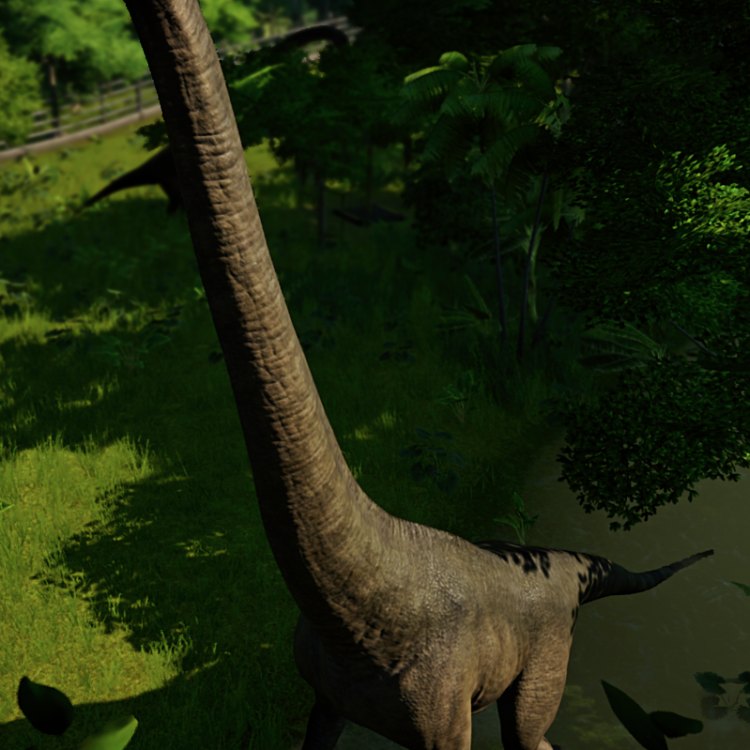
Dreadnoughtus
- Adult Size: Very large
- Average Lifespan: Unknown
- Reproduction: Sexual
- Reproductive Behavior: Unknown
- Sound or Call: No information available
- Migration Pattern: Unknown
- Social Groups: Unknown
- Behavior: Unknown
- Threats: Extinction due to various factors
- Conservation Status: Not evaluated
- Impact on Ecosystem: Unknown
- Human Use: None
- Distinctive Features: Enormous size and robust build
- Interesting Facts: One of the largest land animals ever to have lived
- Predator: No significant predators
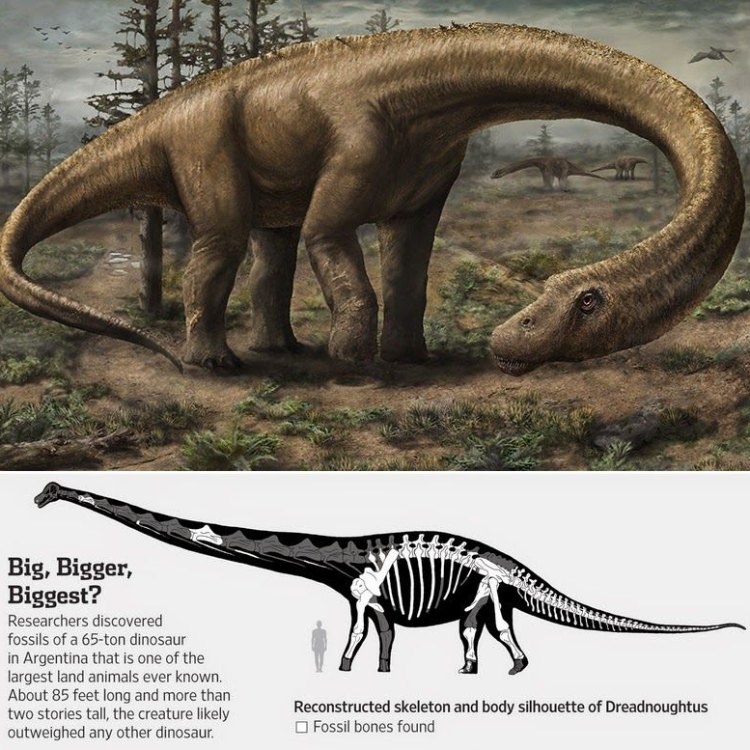
Dreadnoughtus
Dreadnoughtus: The Enormous and Mysterious Giant
In the world of paleontology, there are countless species of dinosaurs that have been discovered and studied. Each one has its unique features and fascinating history, but some stand out for their sheer size and mystique. One such dinosaur is the Dreadnoughtus.With an adult size that was larger than most of its relatives and a robust build, the Dreadnoughtus was a true titan among dinosaurs PeaceOfAnimals.Com. Its name, which means "fears nothing," is a testament to its colossal size and strength. But despite its enormous size and distinctive features, there is still much we do not know about this ancient giant.
The Size and Mysteries of Dreadnoughtus
The most notable feature of Dreadnoughtus is its immense size. As an adult, this dinosaur could reach lengths of up to 85 feet and weigh as much as 65 tons, making it one of the largest land animals ever to have lived. To put that into perspective, that's about the size of a Boeing 737 aircraft. Its massive size is even more impressive when you consider that it lived around 77 million years ago during the Late Cretaceous period.Despite its size, there is still much we do not know about this incredible creature. The average lifespan of Dreadnoughtus is still a mystery, and scientists are unsure of its reproductive behavior. However, we do know that it reproduced through sexual means, much like many modern animals Diplodocus.
Unfortunately, there is no information available about Dreadnoughtus's sound or call, migration patterns, social groups, or behavior. This lack of information is not uncommon with dinosaurs, as many details of their lives remain a mystery to us.
Threats, Conservation, and Impact on Ecosystem
Like many other dinosaurs, the Dreadnoughtus went extinct due to various factors, including changes in the environment and competition with other species. However, the specific cause of its extinction remains unknown.Since Dreadnoughtus lived so long ago, it is not evaluated for conservation status. However, it is worth noting that any living species as massive as the Dreadnoughtus could have a significant impact on the ecosystem. Its massive size and dietary needs would have had an effect on the environment and other species in its habitat.
Human Use and Destruction of Dreadnoughtus
Unlike many species of dinosaurs, Dreadnoughtus had no significant predator. Its enormous size and robust build likely provided it with protection from other predators. Therefore, it is unlikely that humans had any direct impact on the extinction of Dreadnoughtus.However, as humans continue to excavate and study fossils, it is crucial to ensure that we do not cause destruction in the process. Fossils of Dreadnoughtus are incredibly rare and valuable, and it is our responsibility to preserve them for future generations to study and learn from.
The Distinctive Features and Interesting Facts of Dreadnoughtus
Apart from its impressive size, there are other distinctive features that set Dreadnoughtus apart from other dinosaurs. It had a long, powerful tail that helped balance its massive body. Its forelimbs were also exceptionally long and muscular, allowing it to reach food on the ground easily.One unique fact about the Dreadnoughtus is that it was one of the only dinosaurs found with a complete set of limbs, including a tail. This has been crucial in learning more about the anatomy and lifestyle of this mysterious giant.
Exploring the World of Dreadnoughtus
Thanks to the diligent work of paleontologists and the discovery of nearly complete fossils, we can now learn more about the world of Dreadnoughtus. Scientists have been able to recreate the appearance and behavior of this massive dinosaur through computer models and simulations.Some researchers believe that Dreadnoughtus may have been a semi-aquatic animal, spending much of its time in or near water. Others suggest that its robust build and powerful legs allowed it to graze on land for extended periods.
In Conclusion
The Dreadnoughtus is a fascinating and mysterious dinosaur that continues to captivate our imagination. Its enormous size and distinctive features make it stand out among other dinosaurs, and its impact on the ecosystem cannot be denied.However, there is still much we do not know about this ancient giant, leaving many questions unanswered. As we continue to uncover more about the world of Dreadnoughtus, we are certain to learn even more about this incredible species and the mysteries it holds.
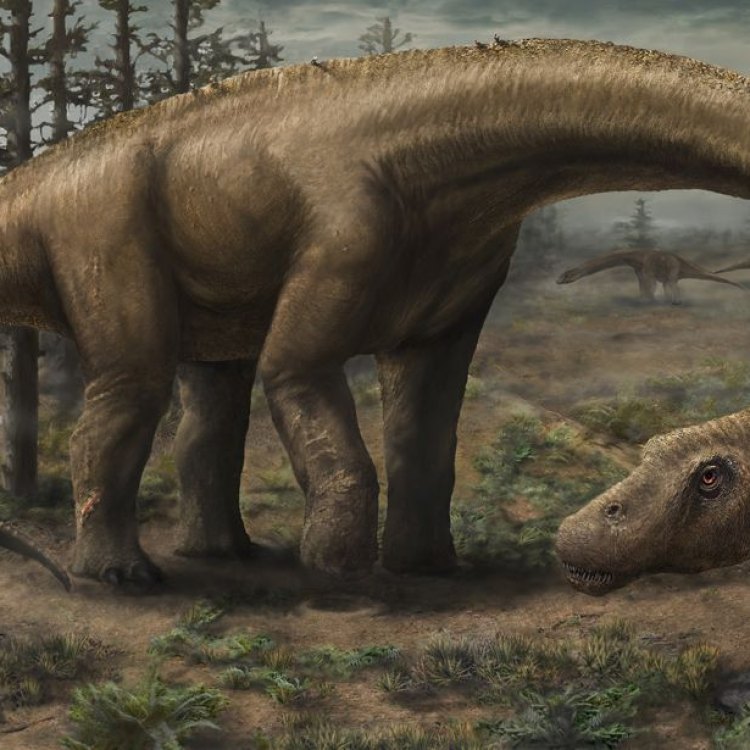
Dreadnoughtus: The Mighty Titanosaur from Patagonia
Disclaimer: The content provided is for informational purposes only. We cannot guarantee the accuracy of the information on this page 100%. All information provided here may change without prior notice.

